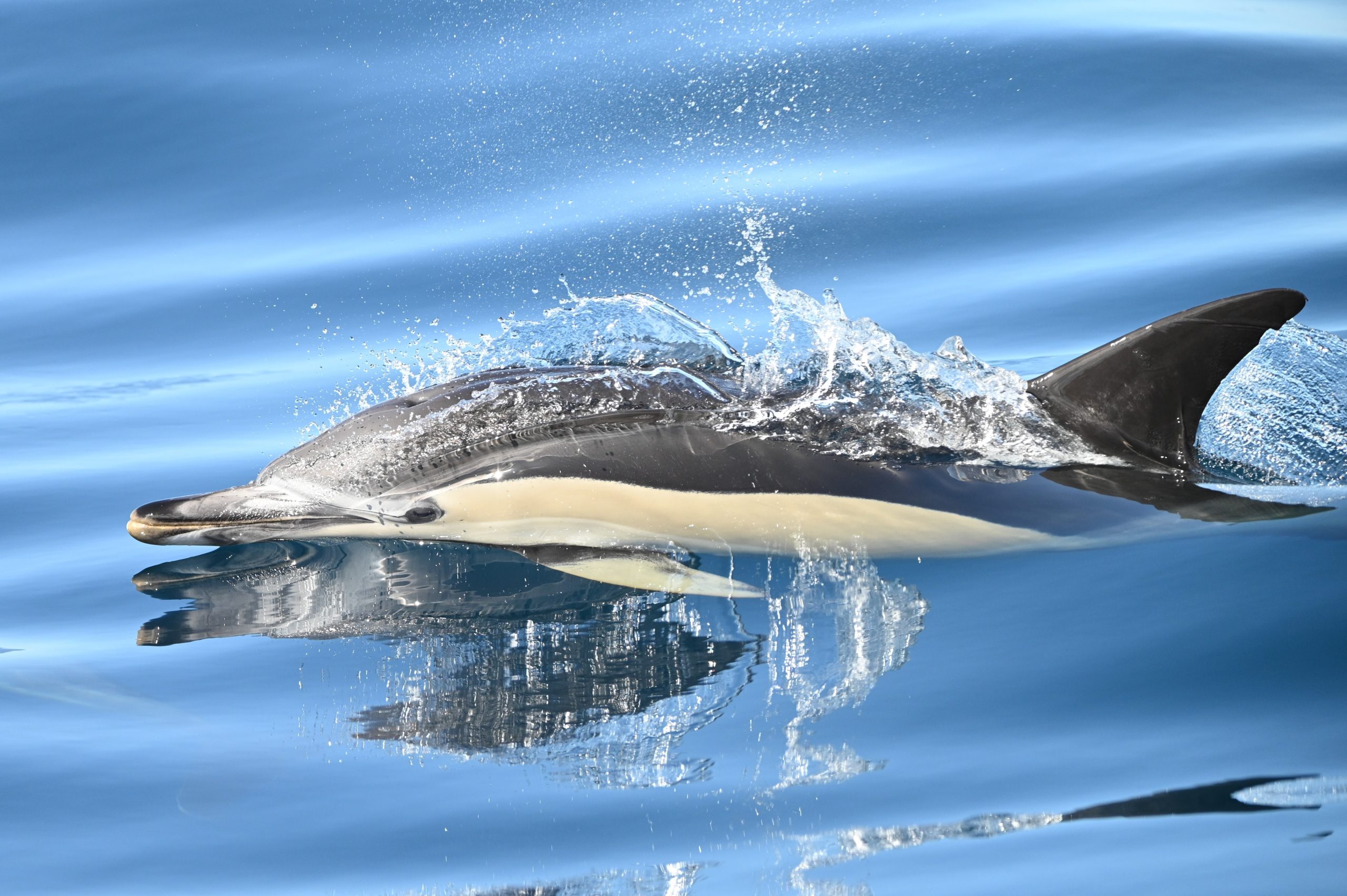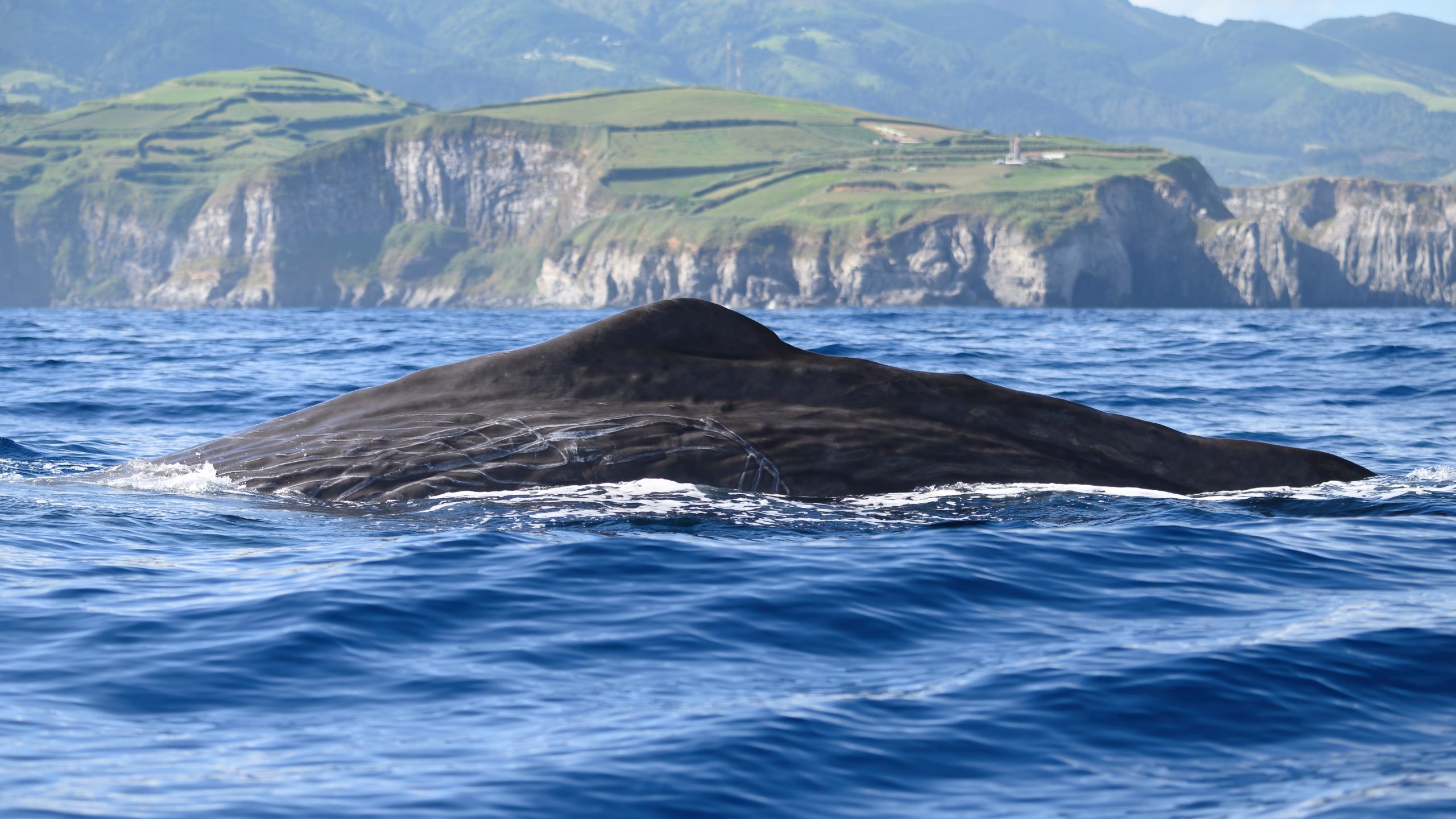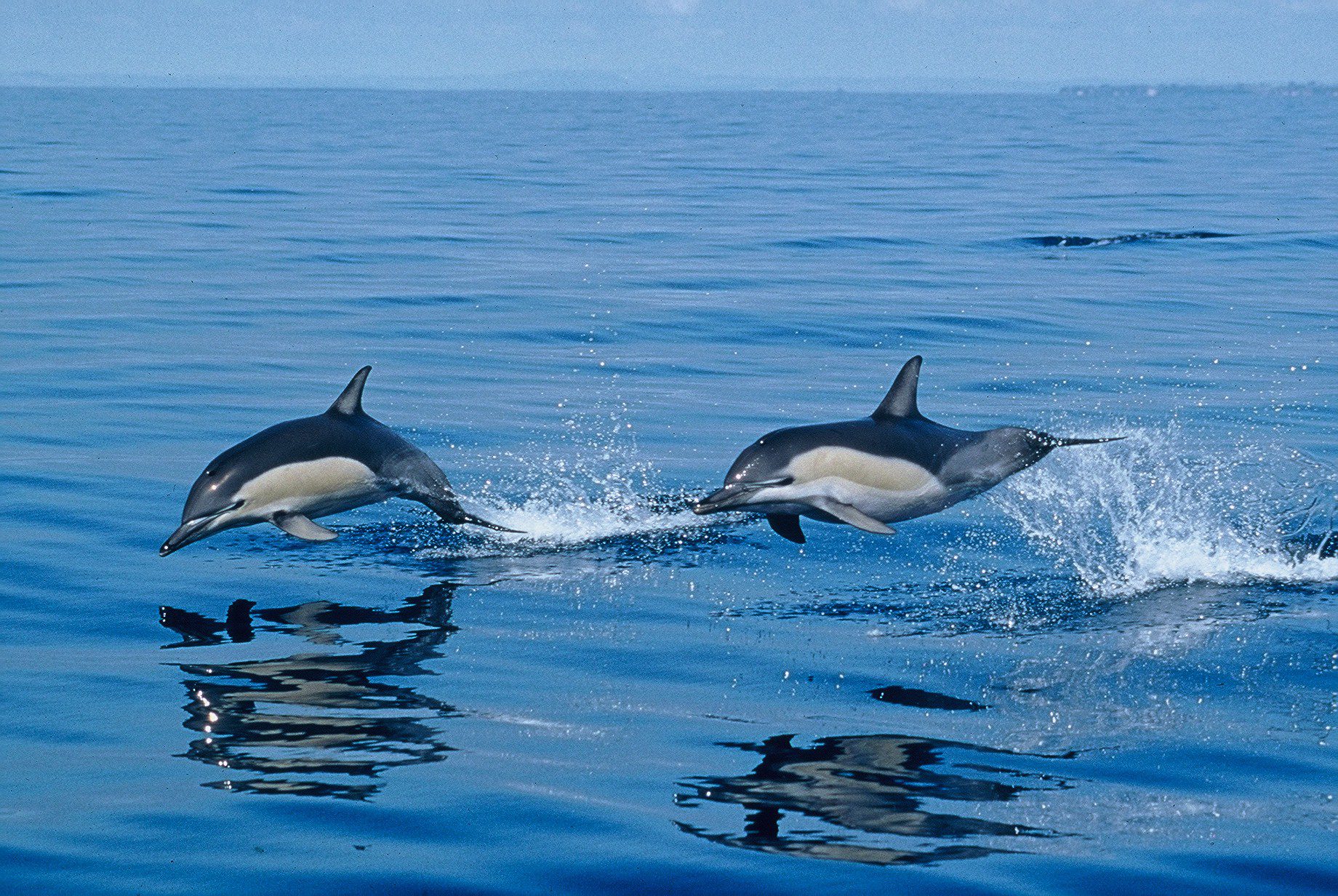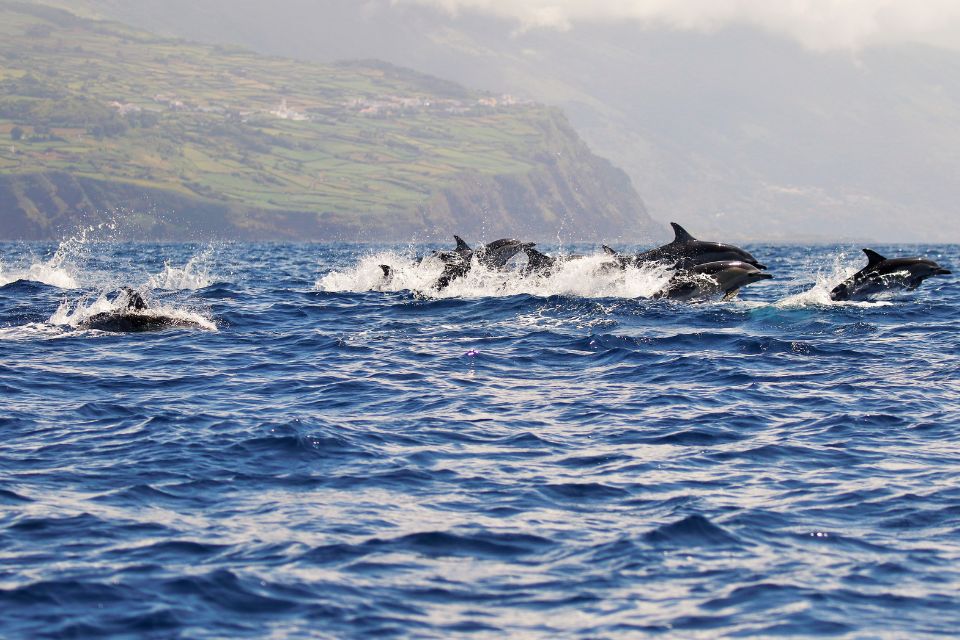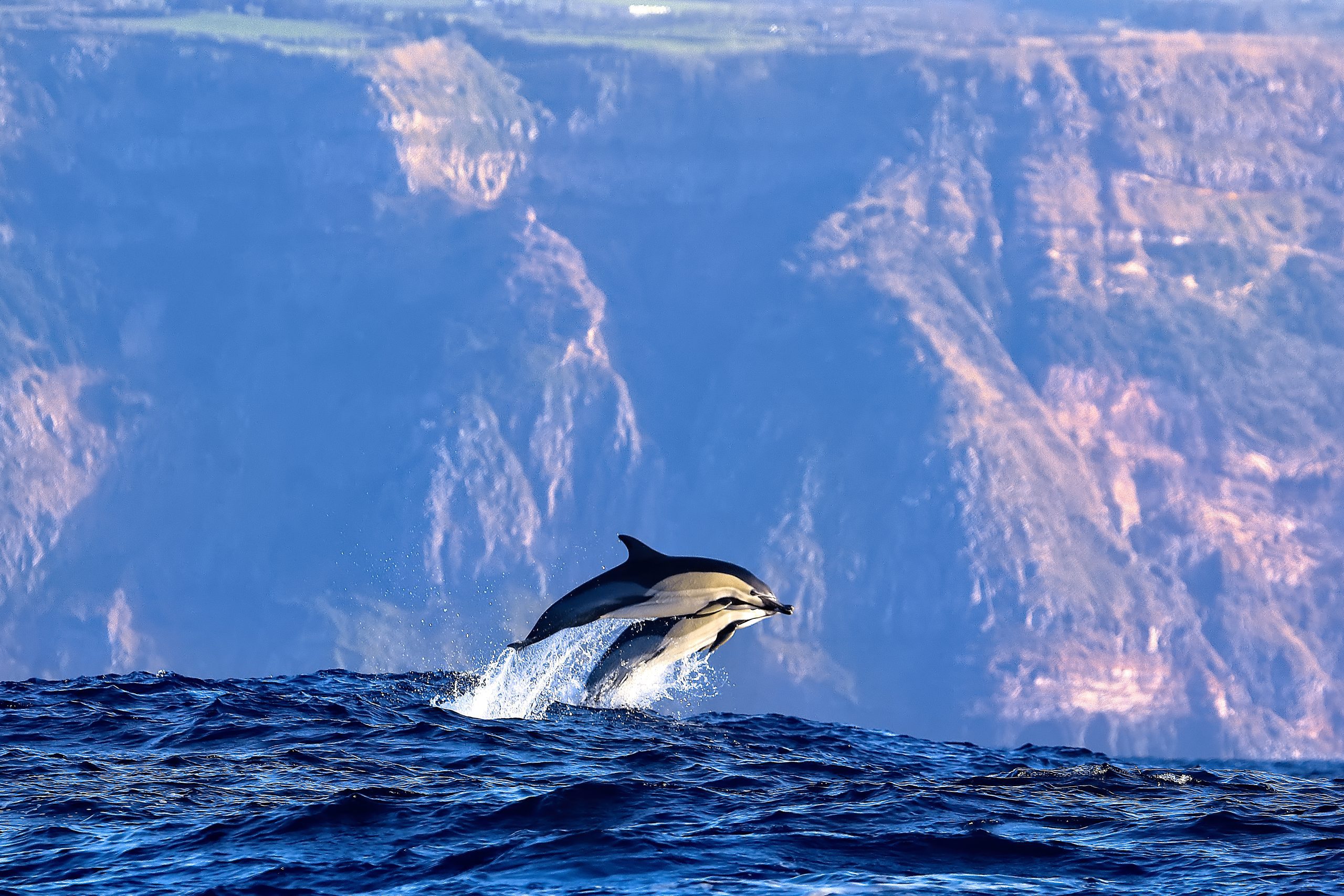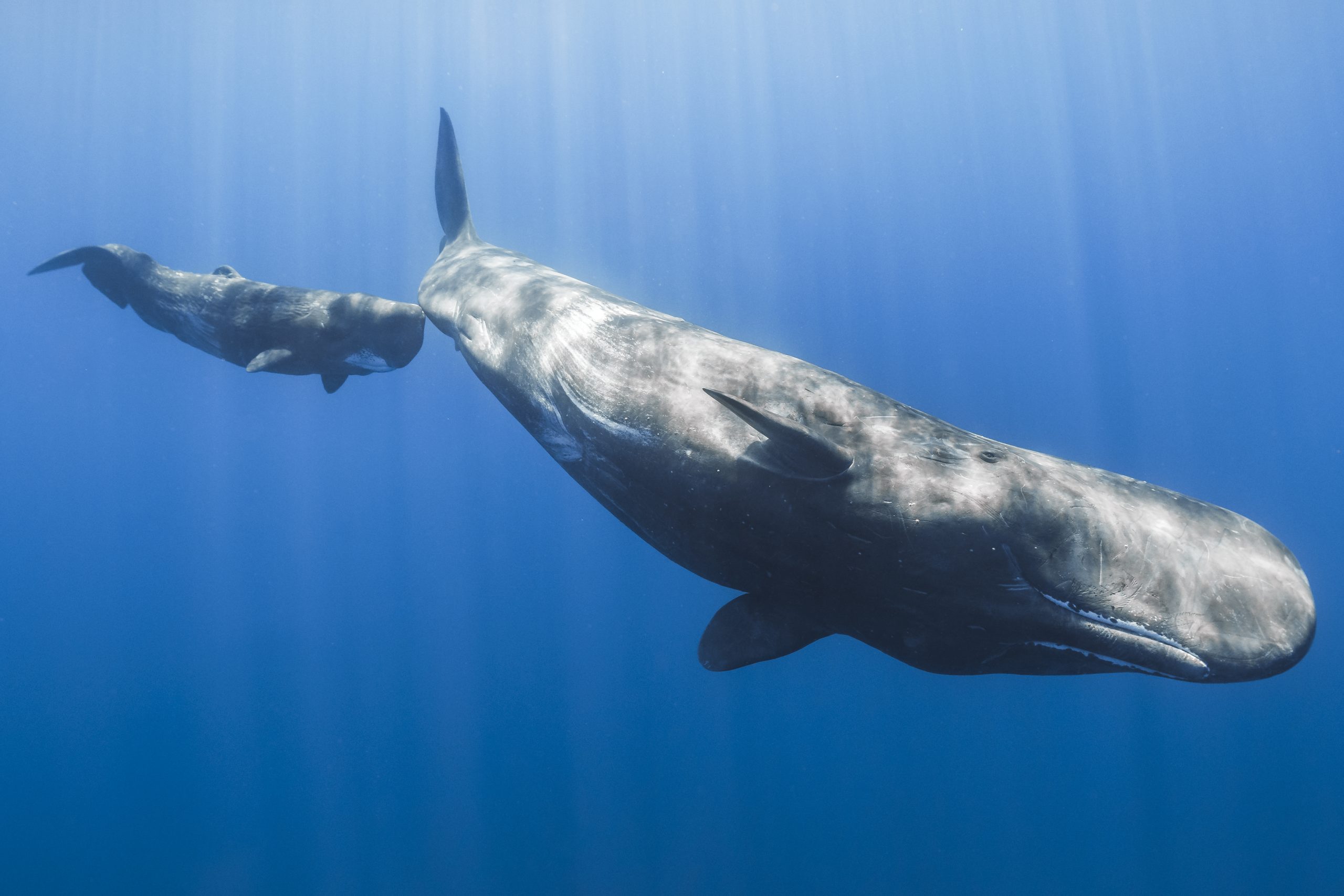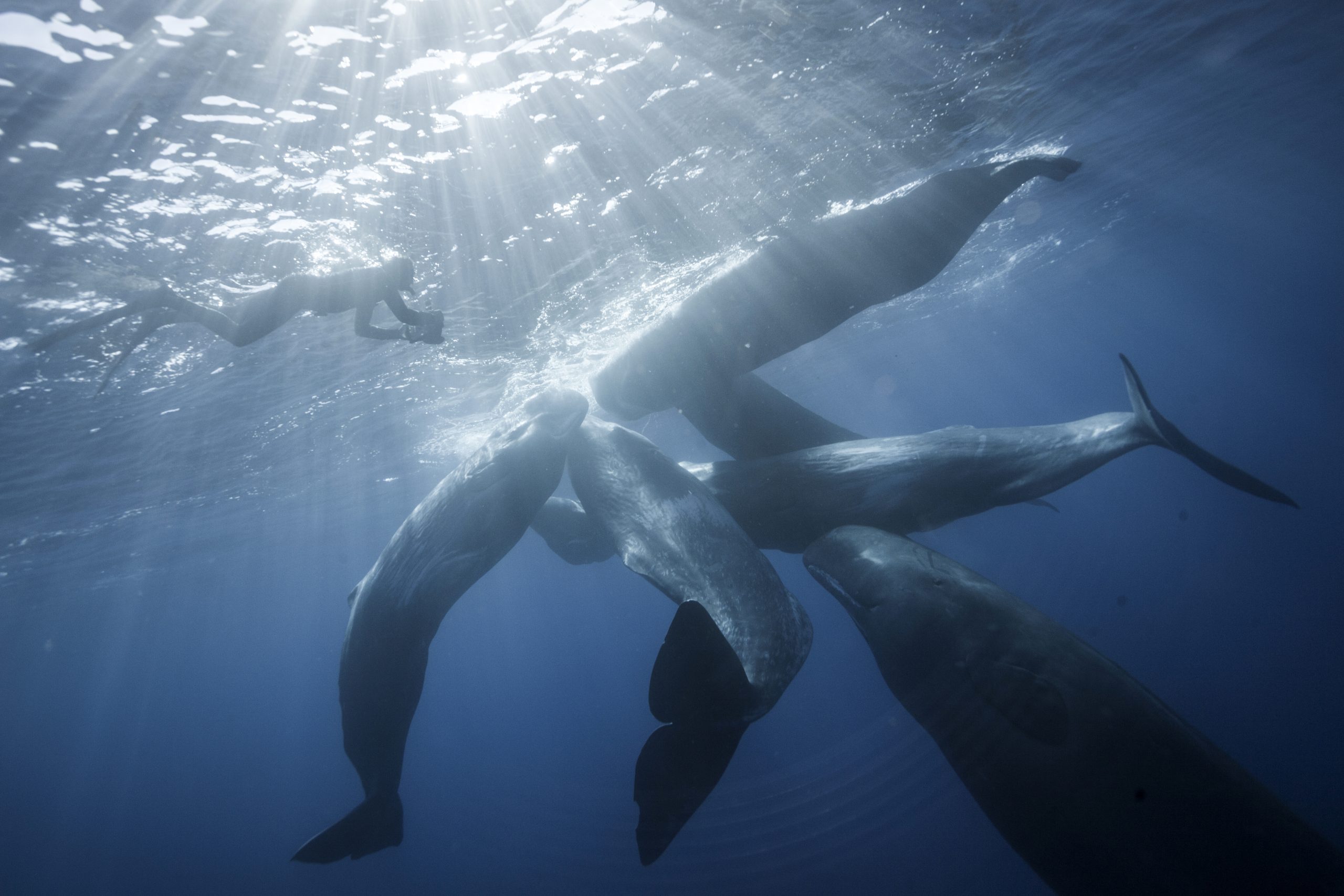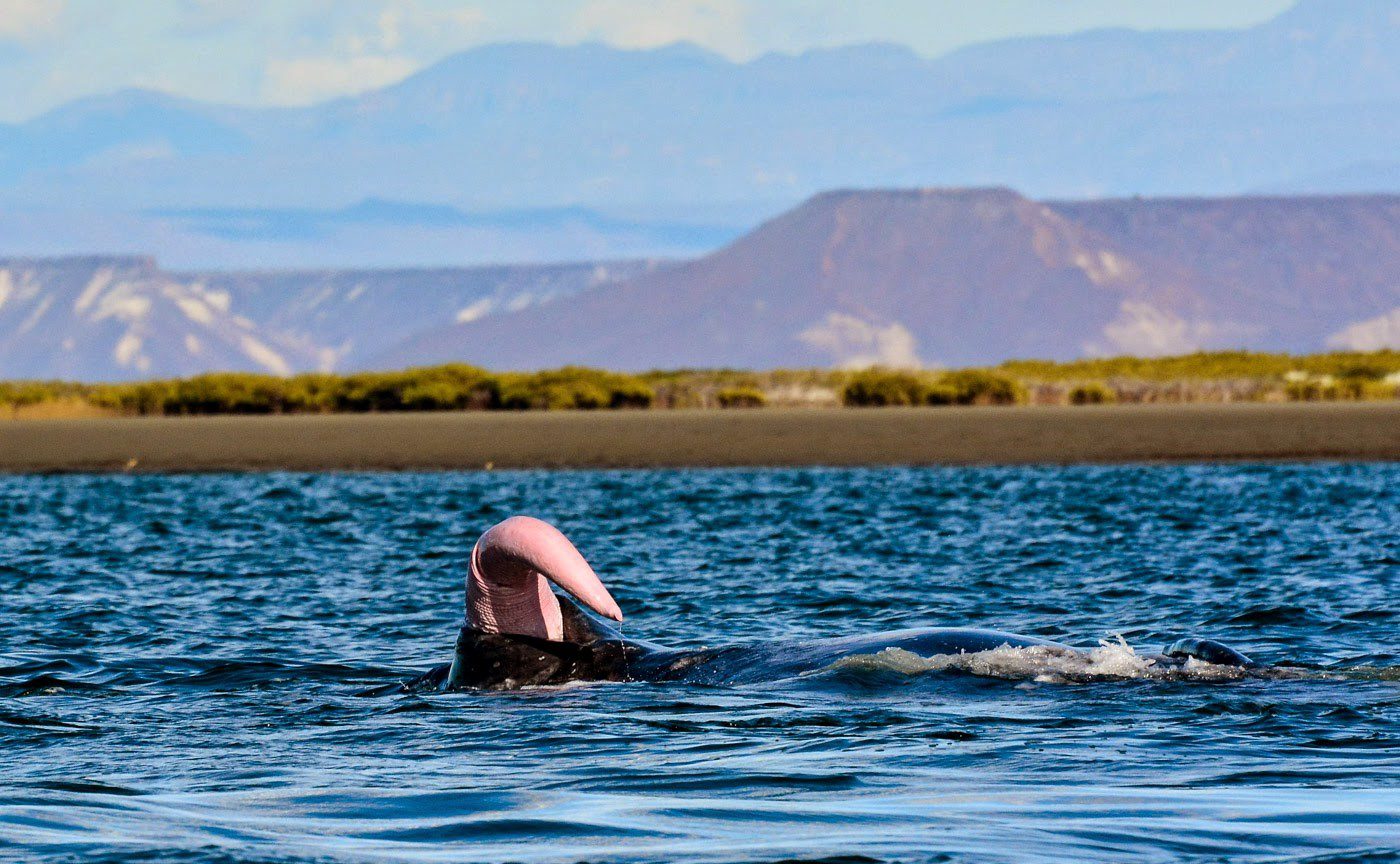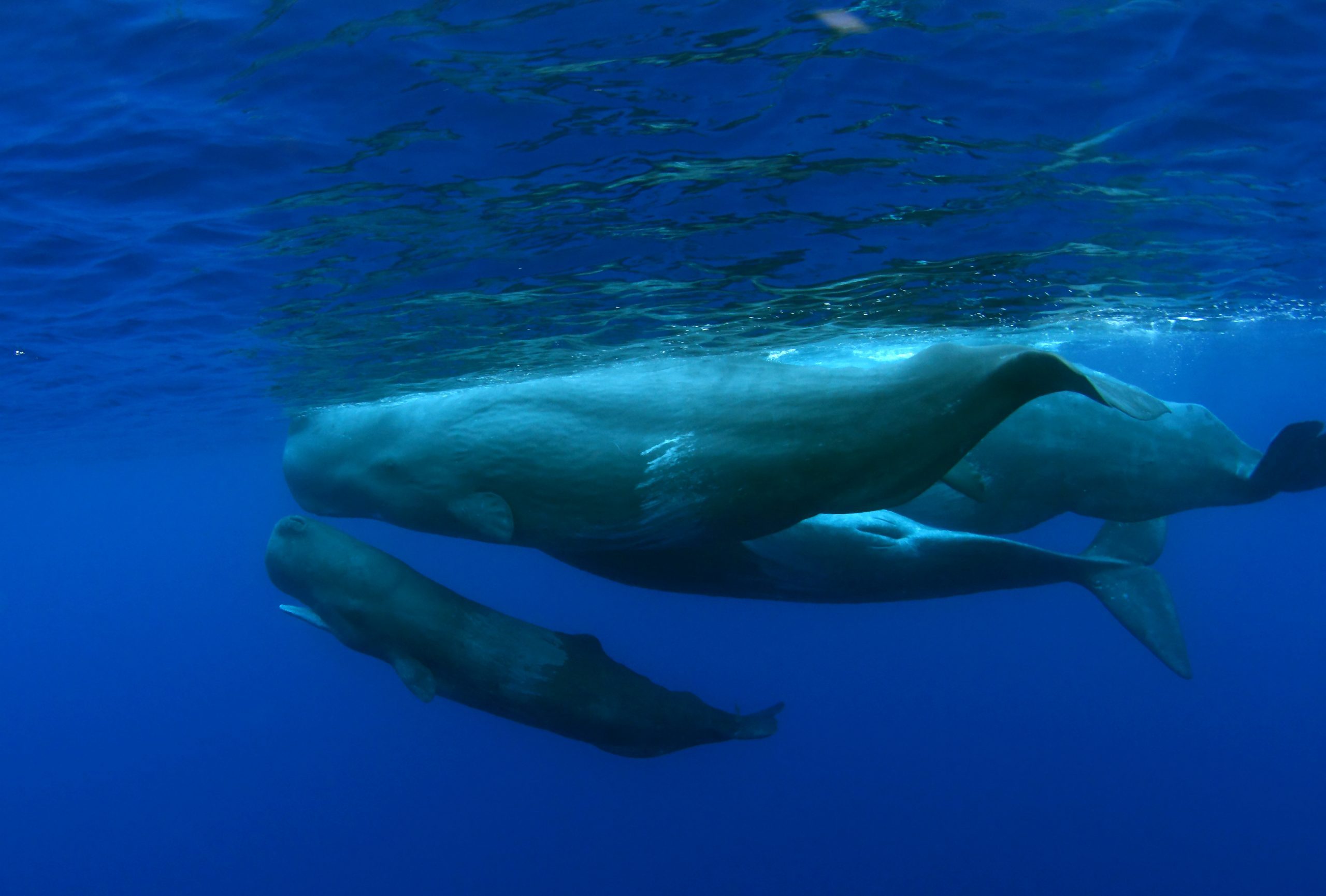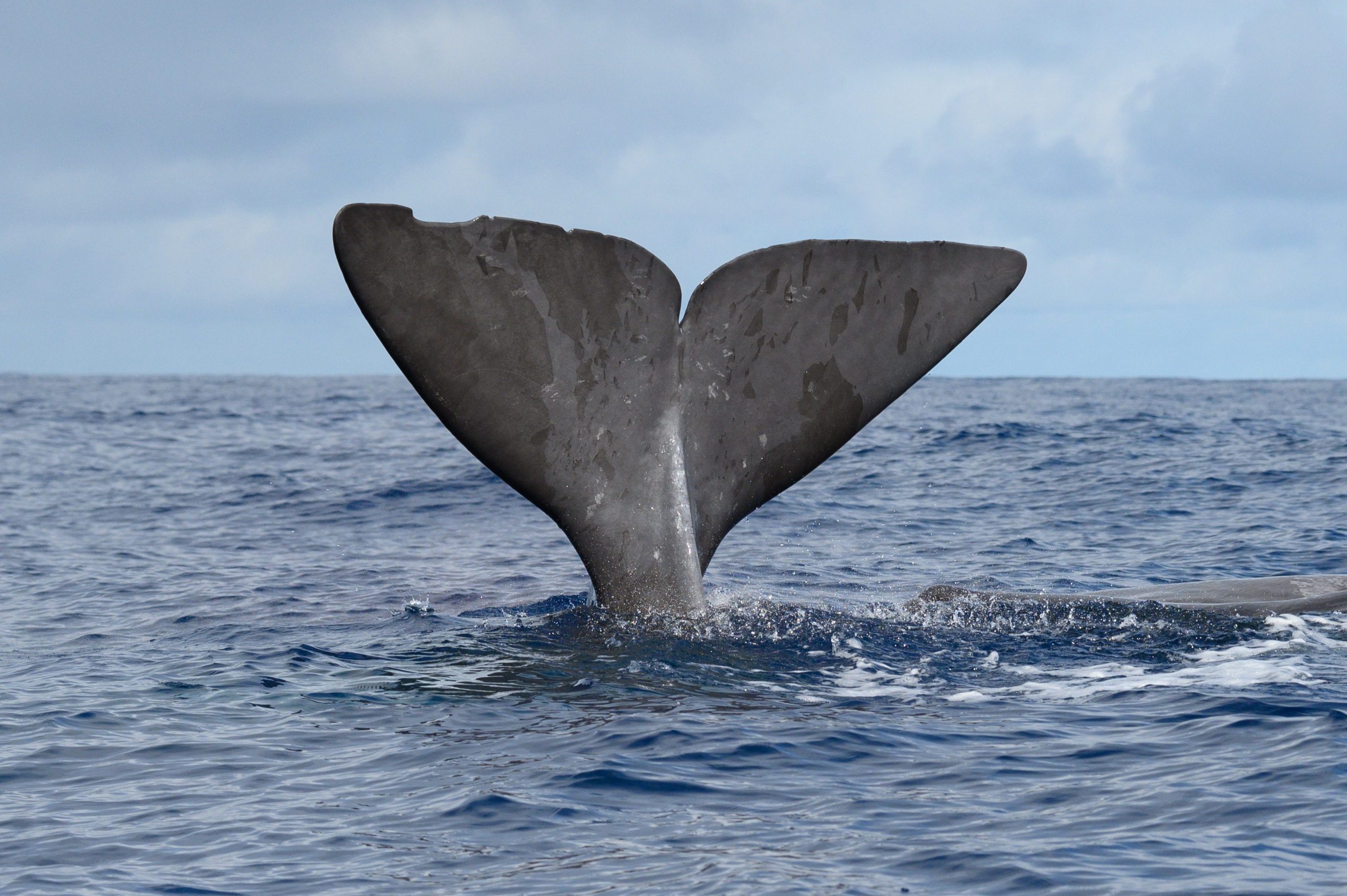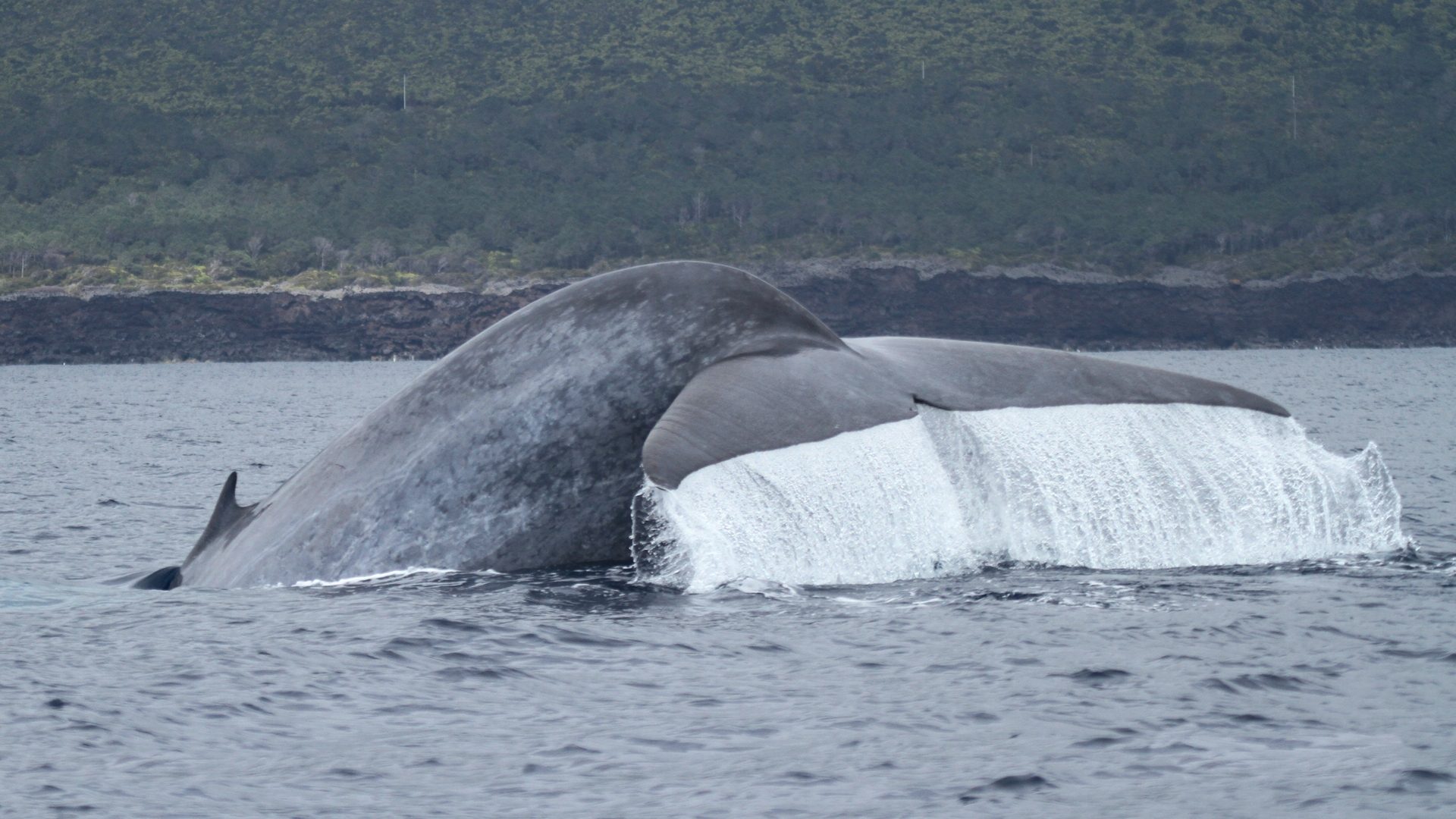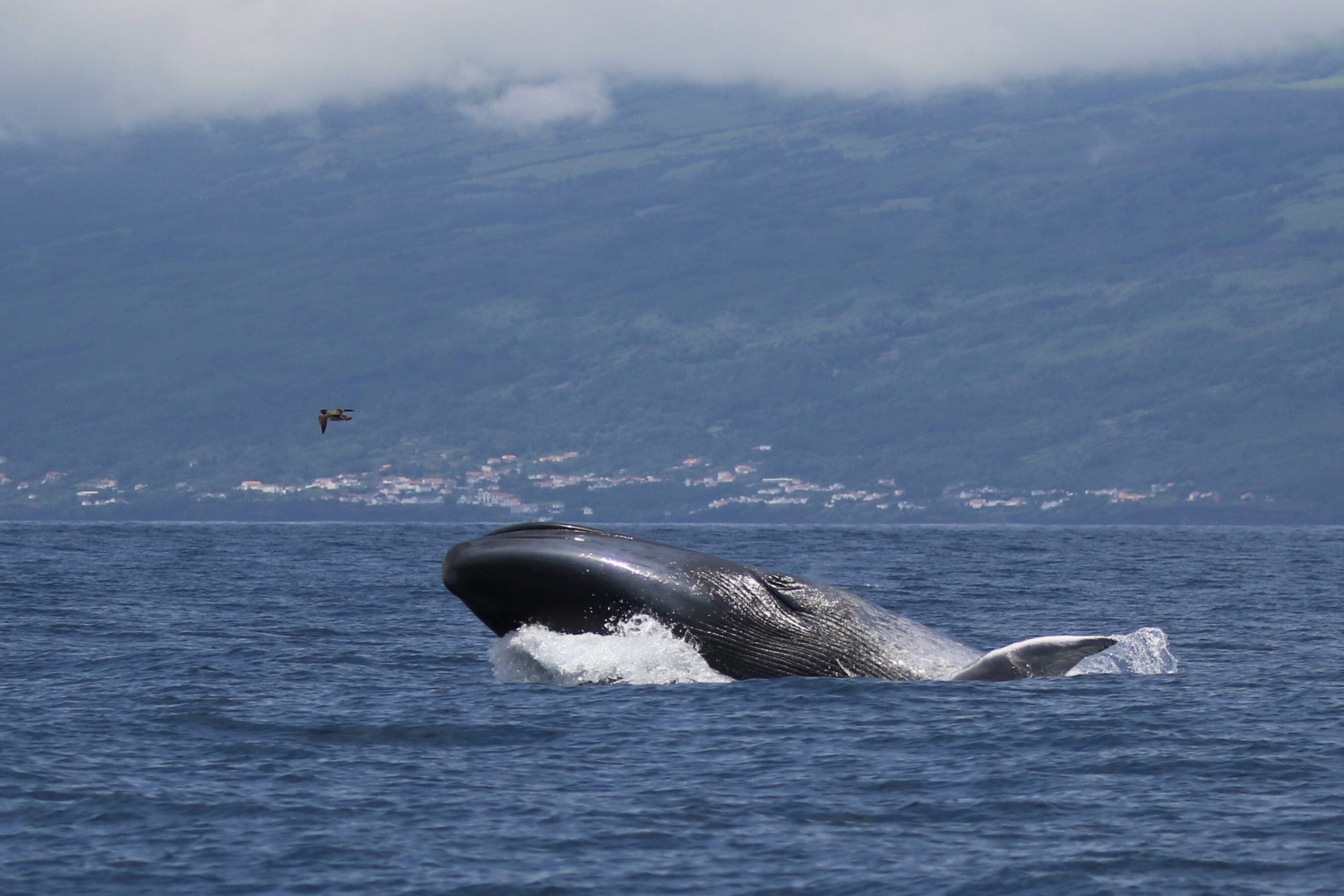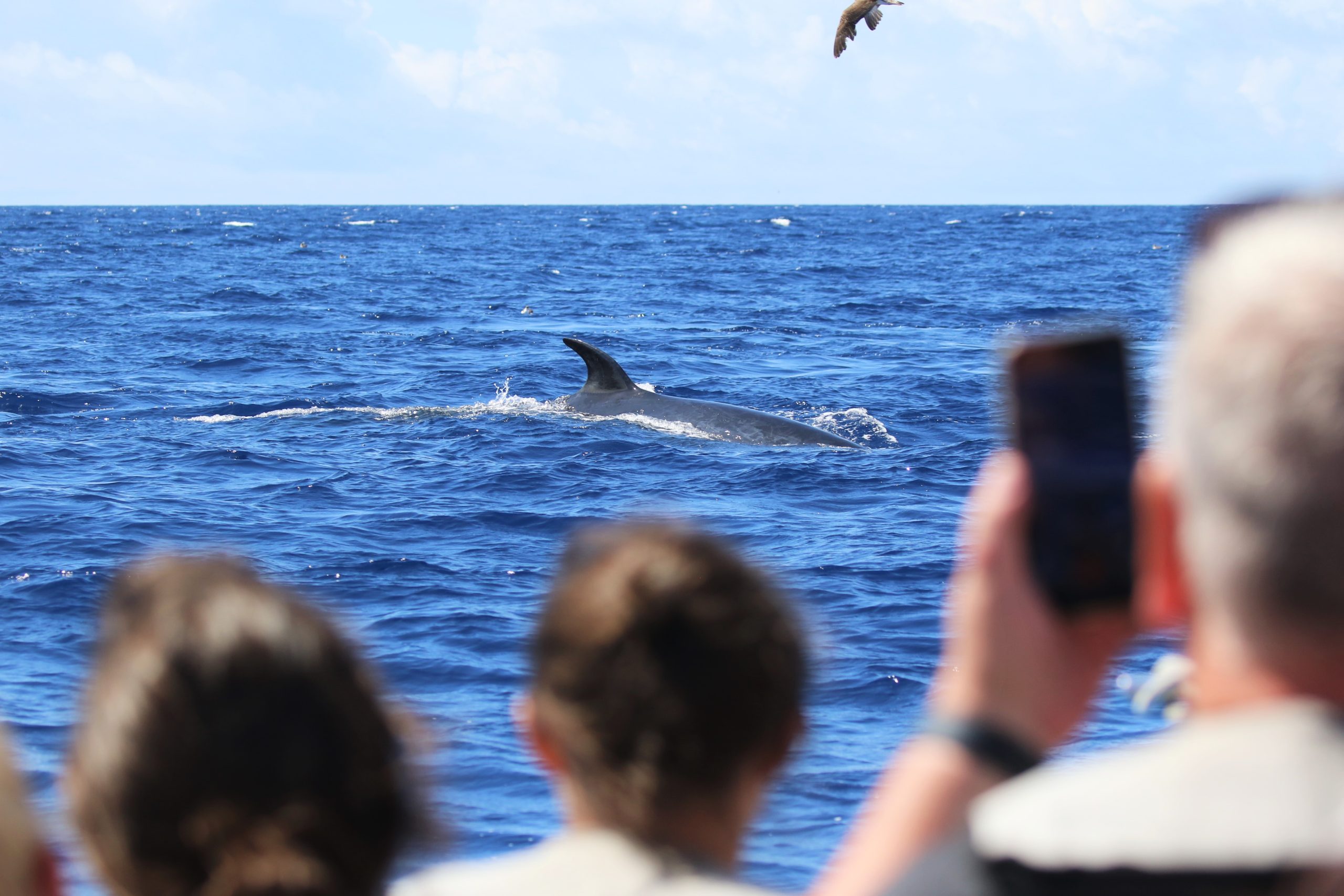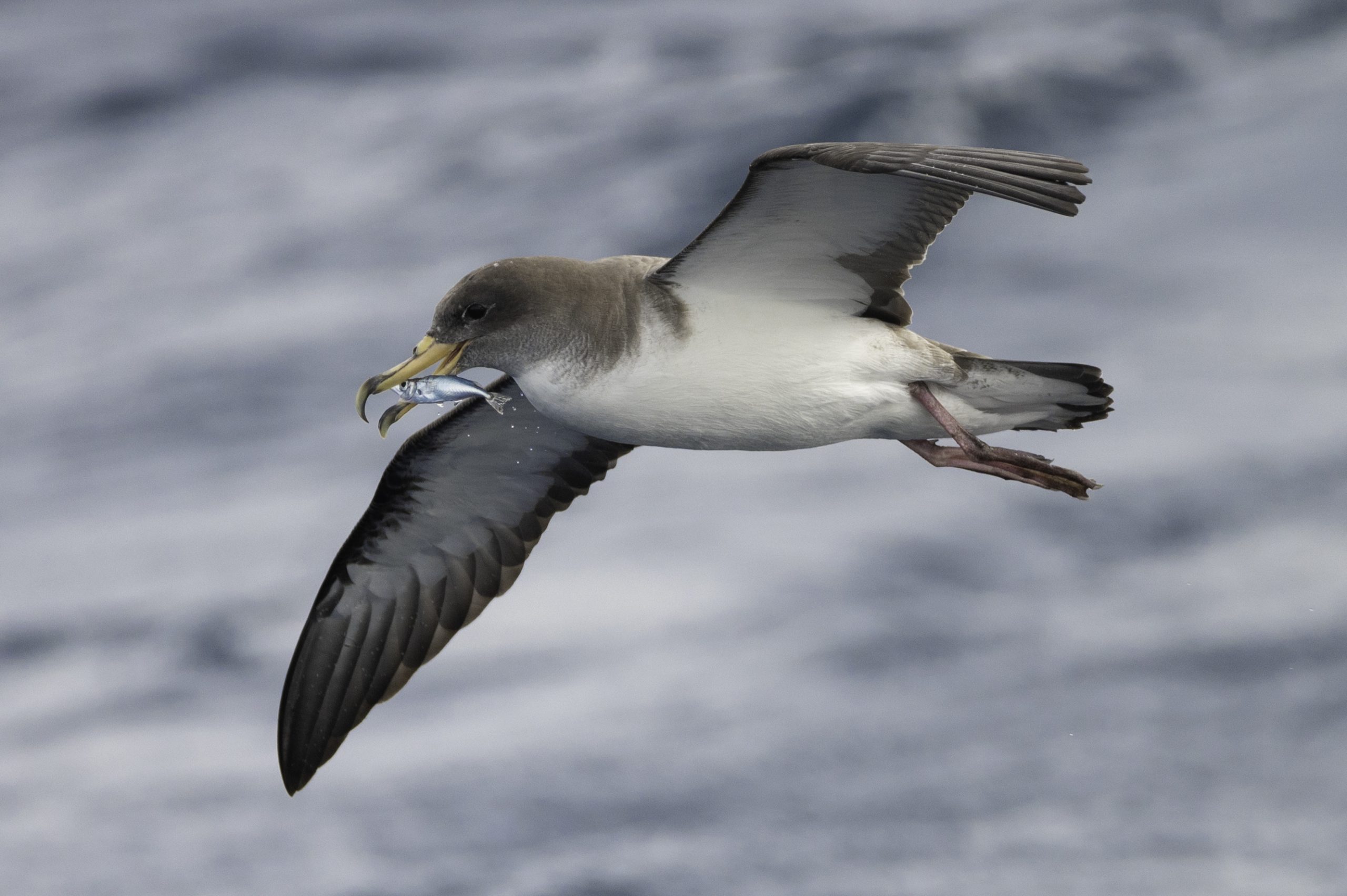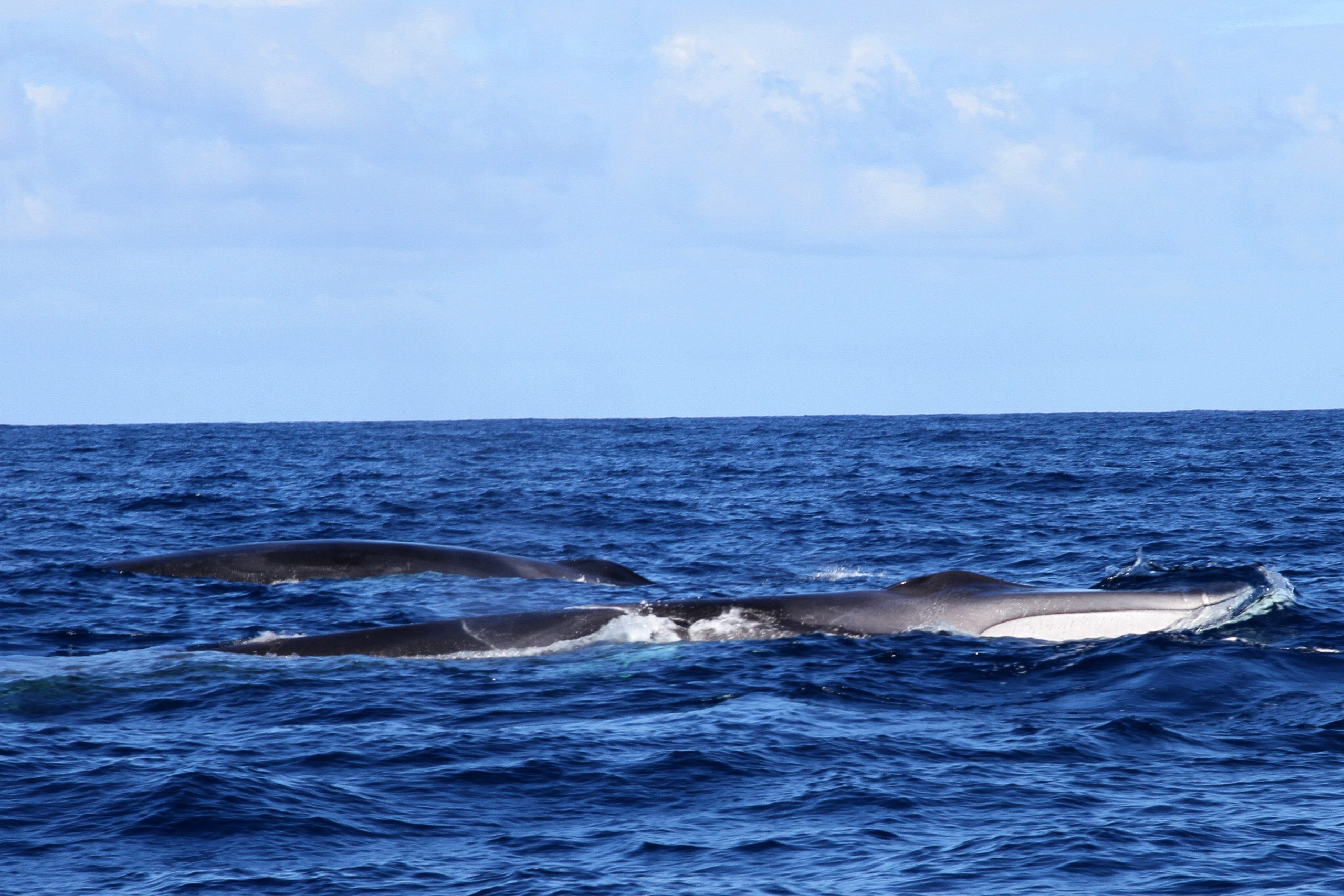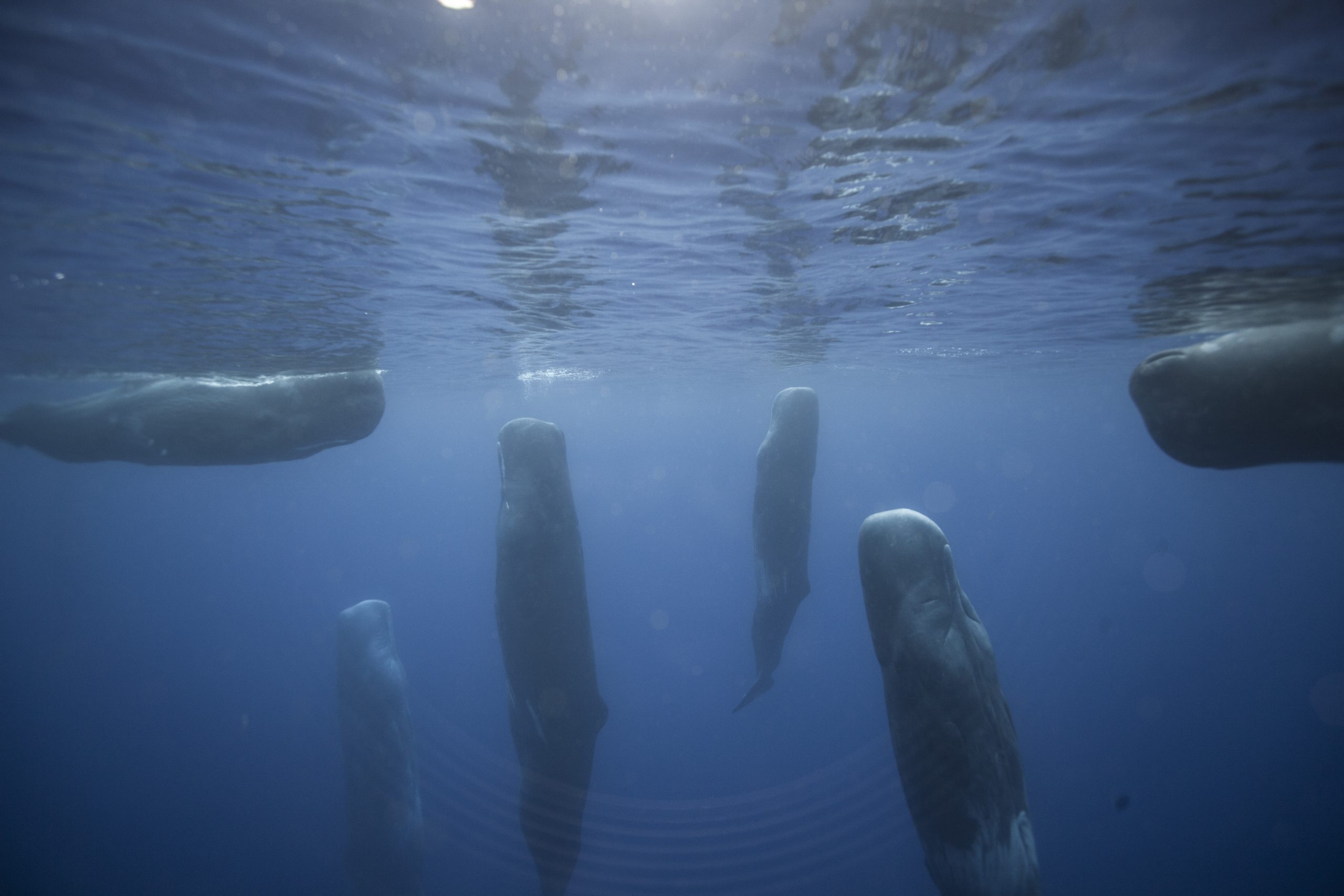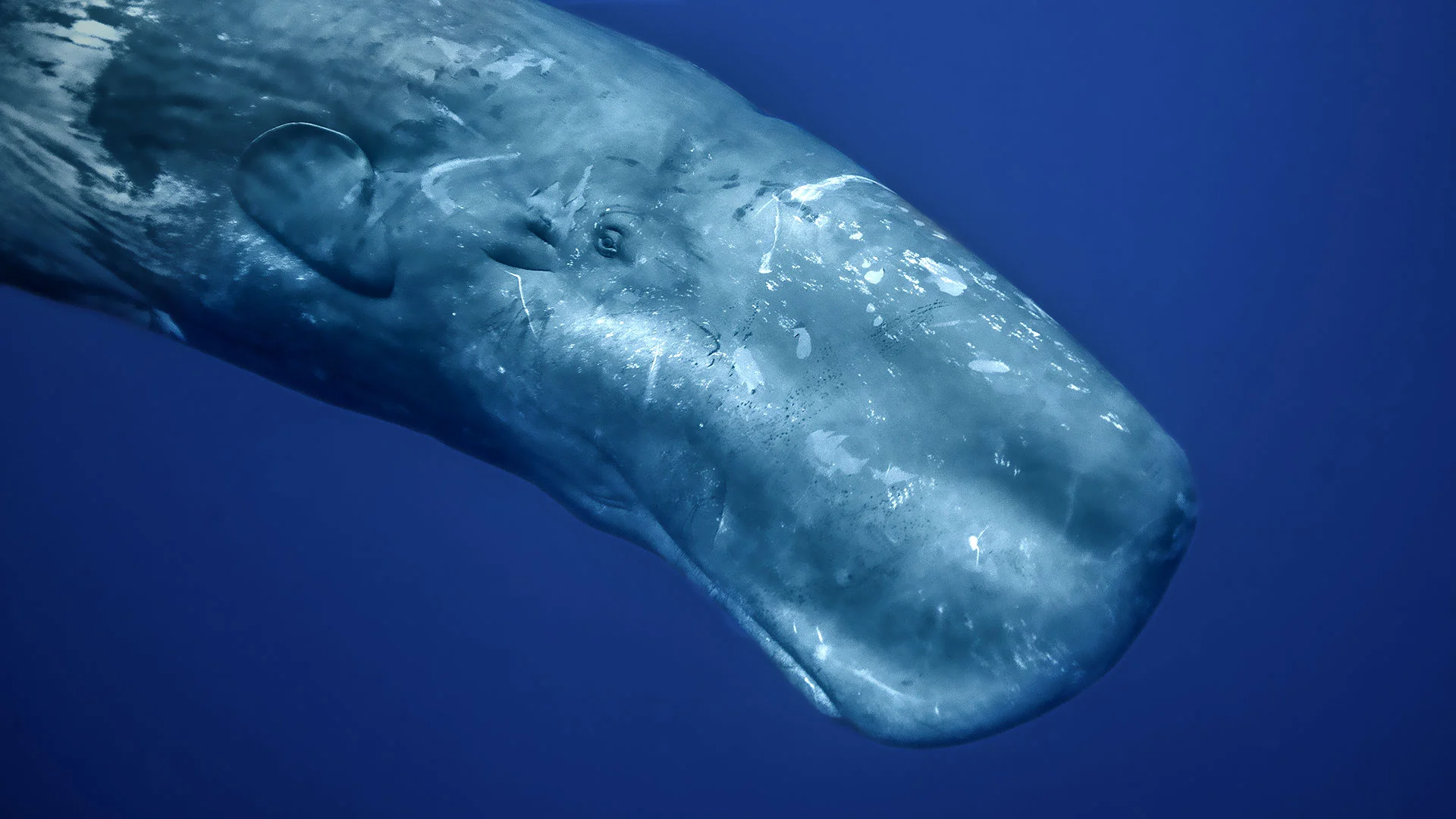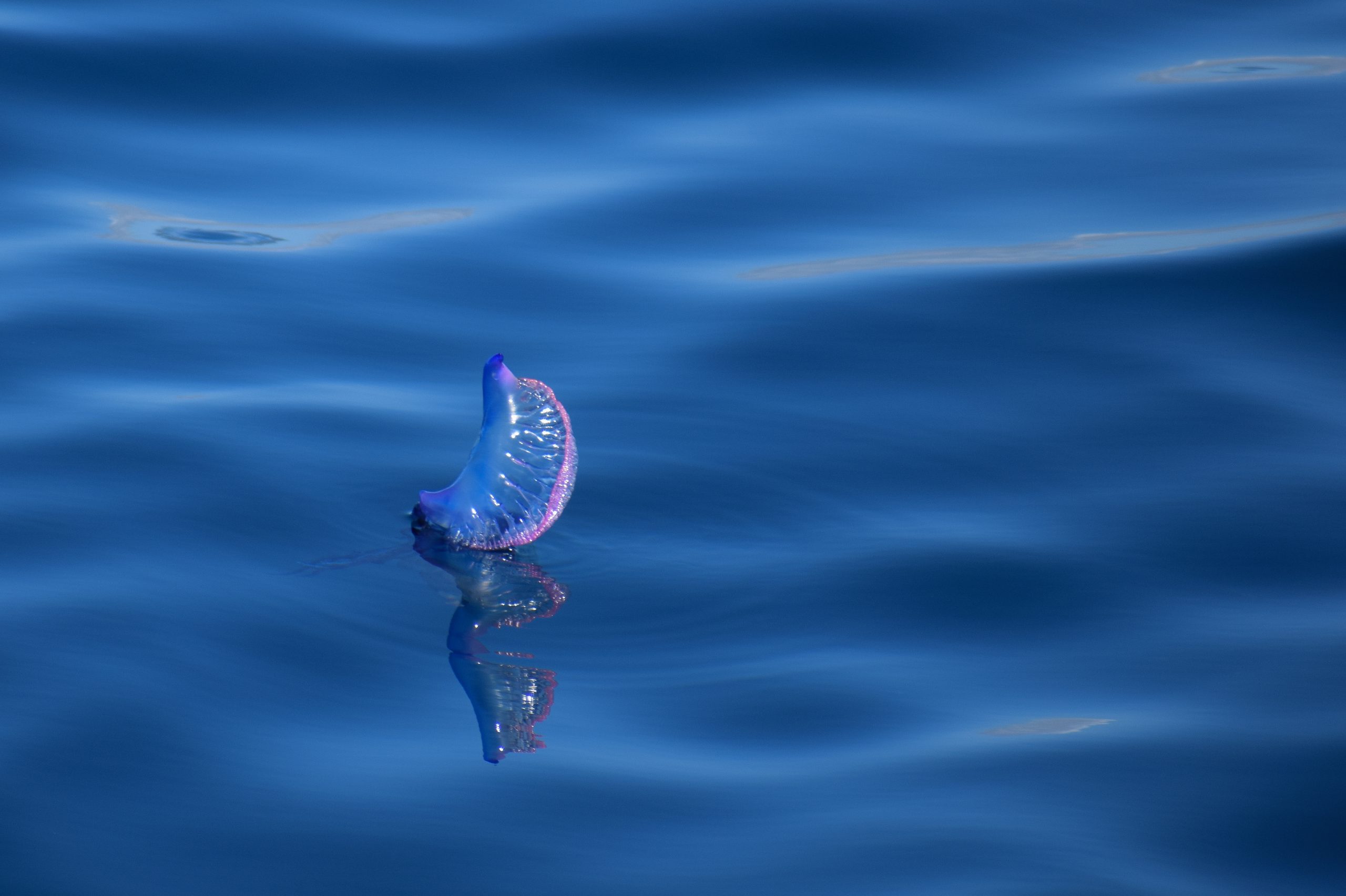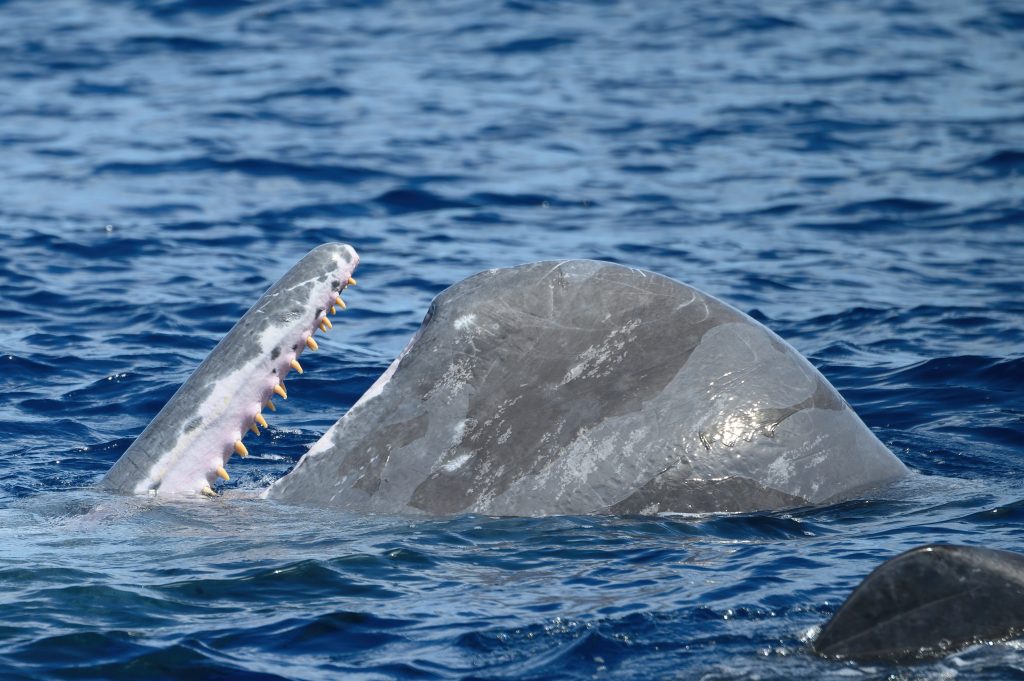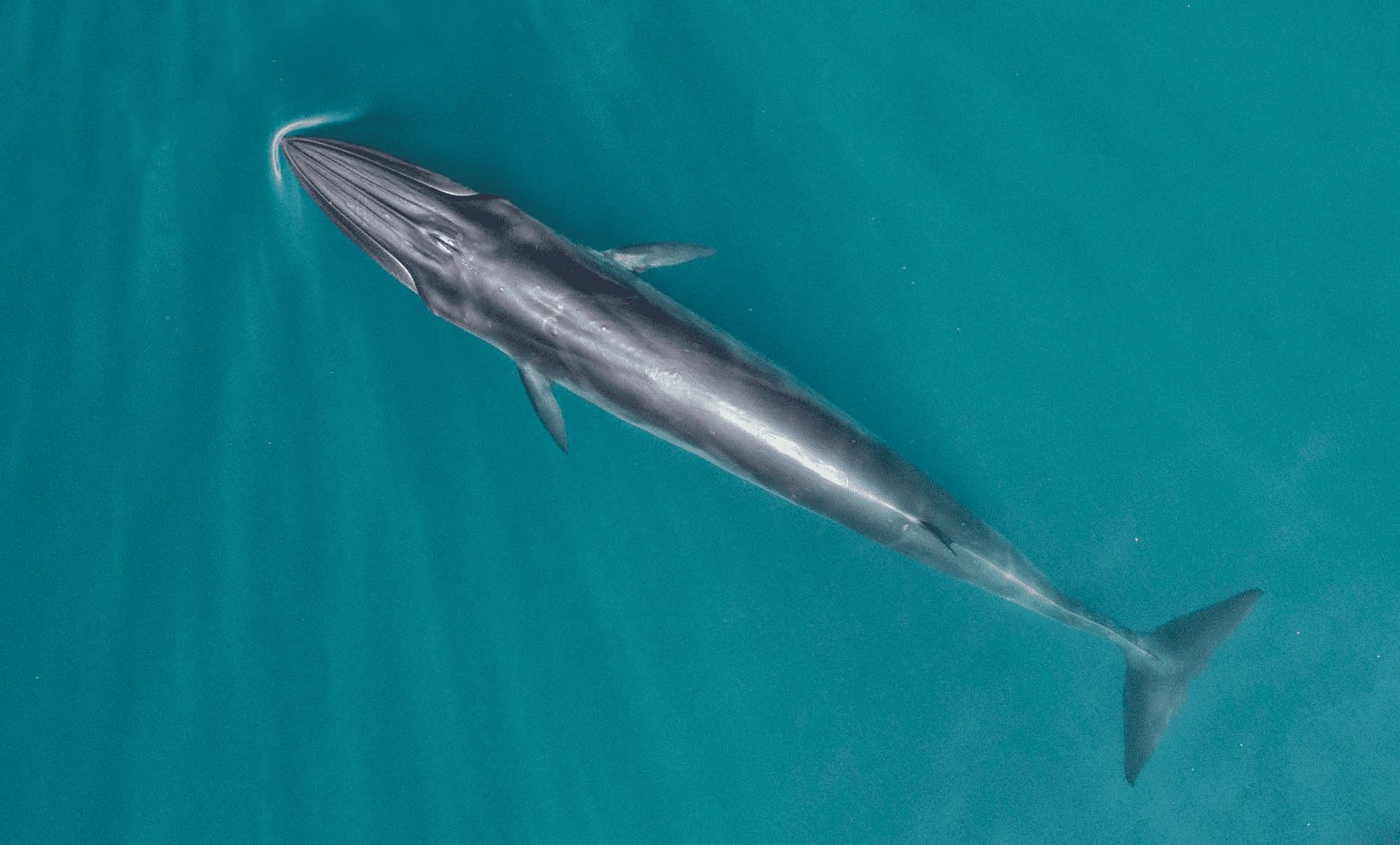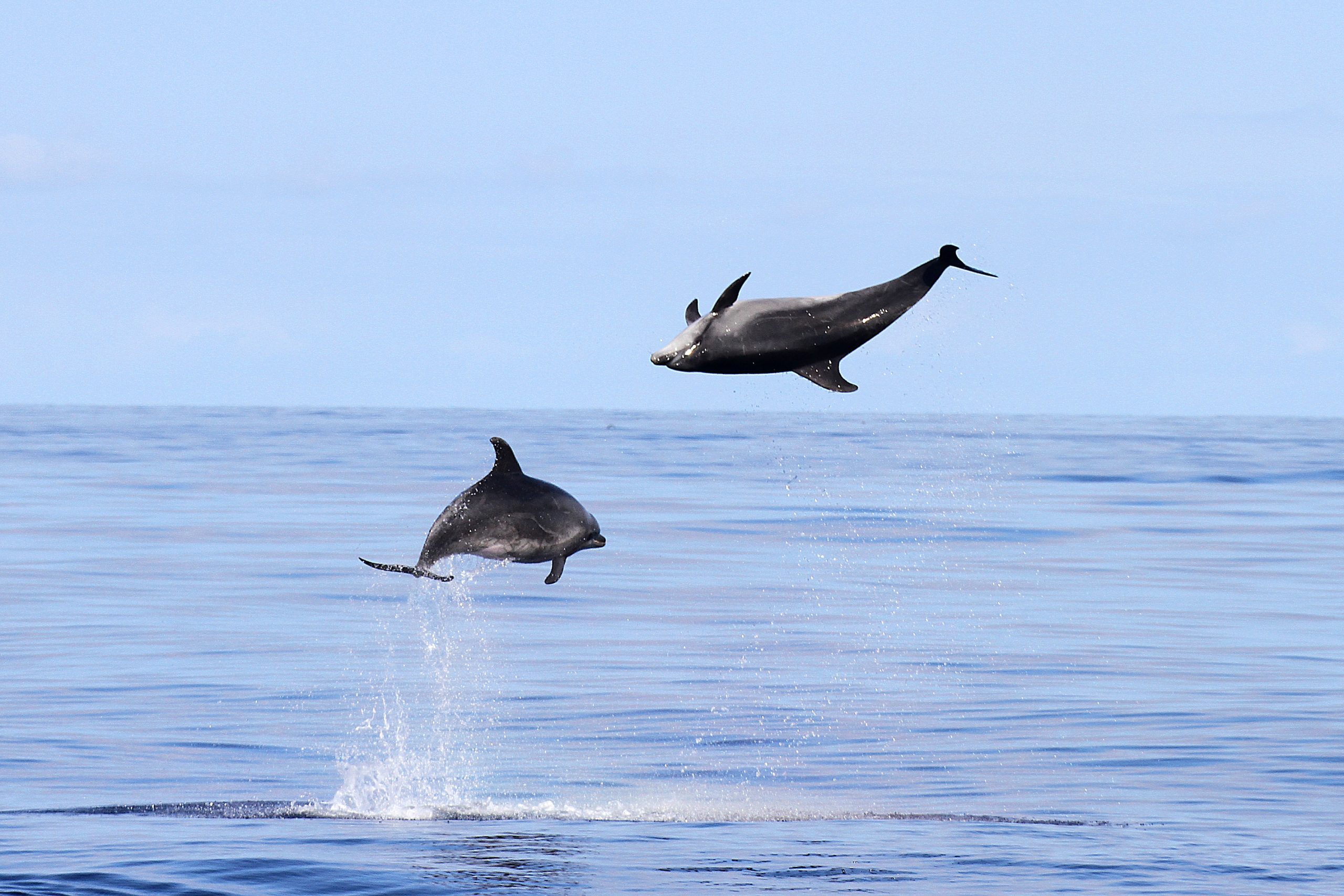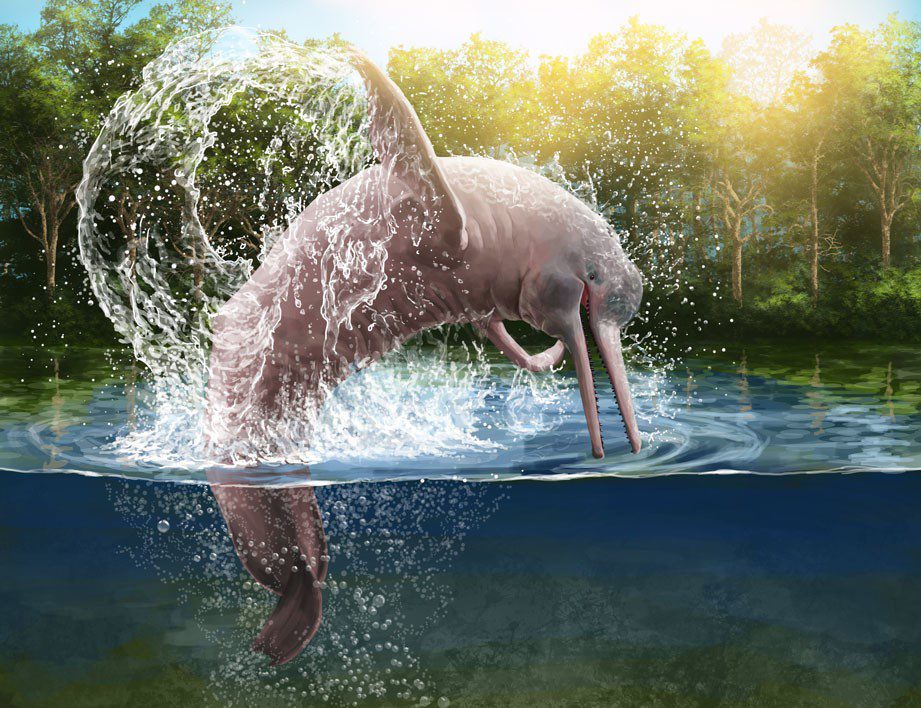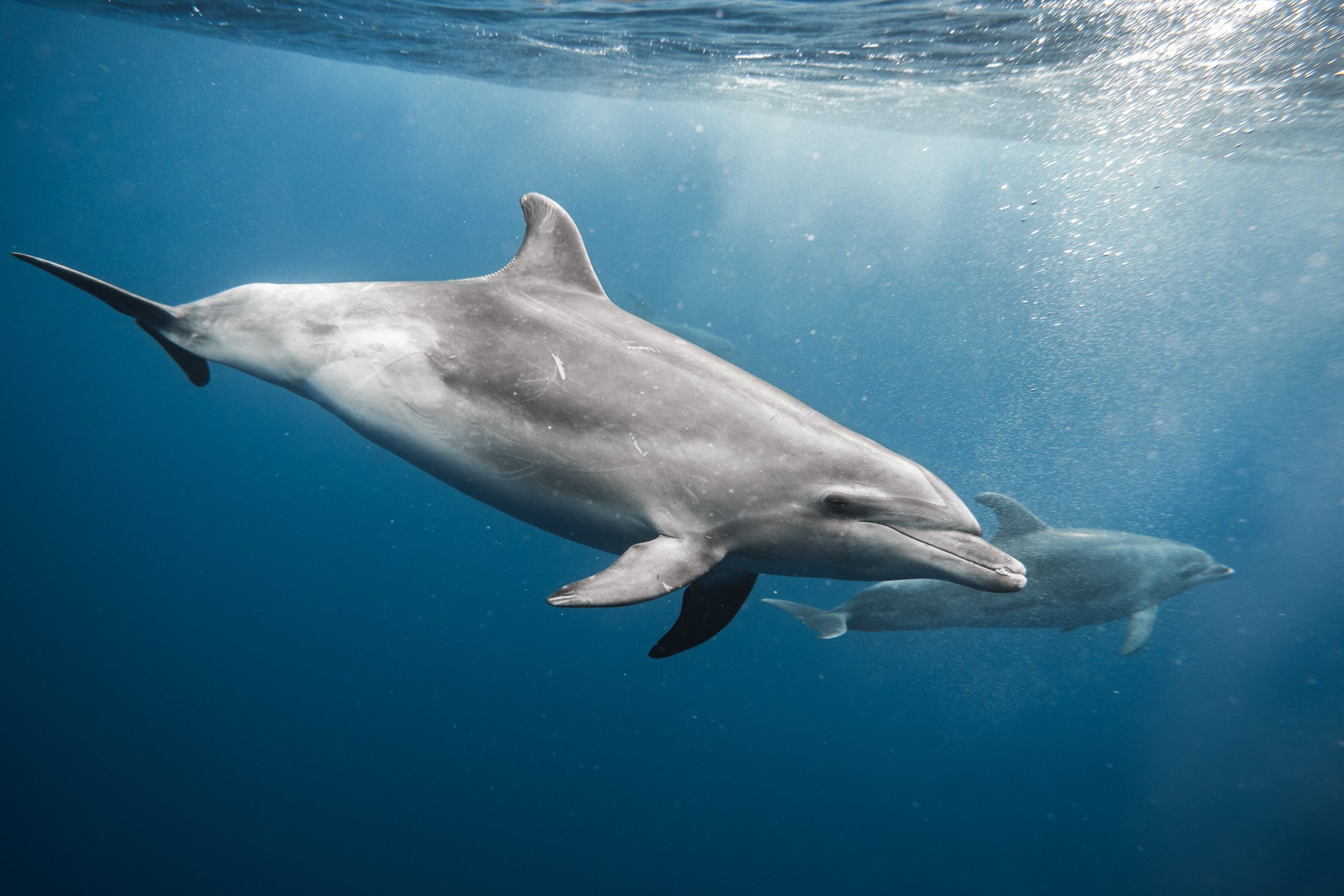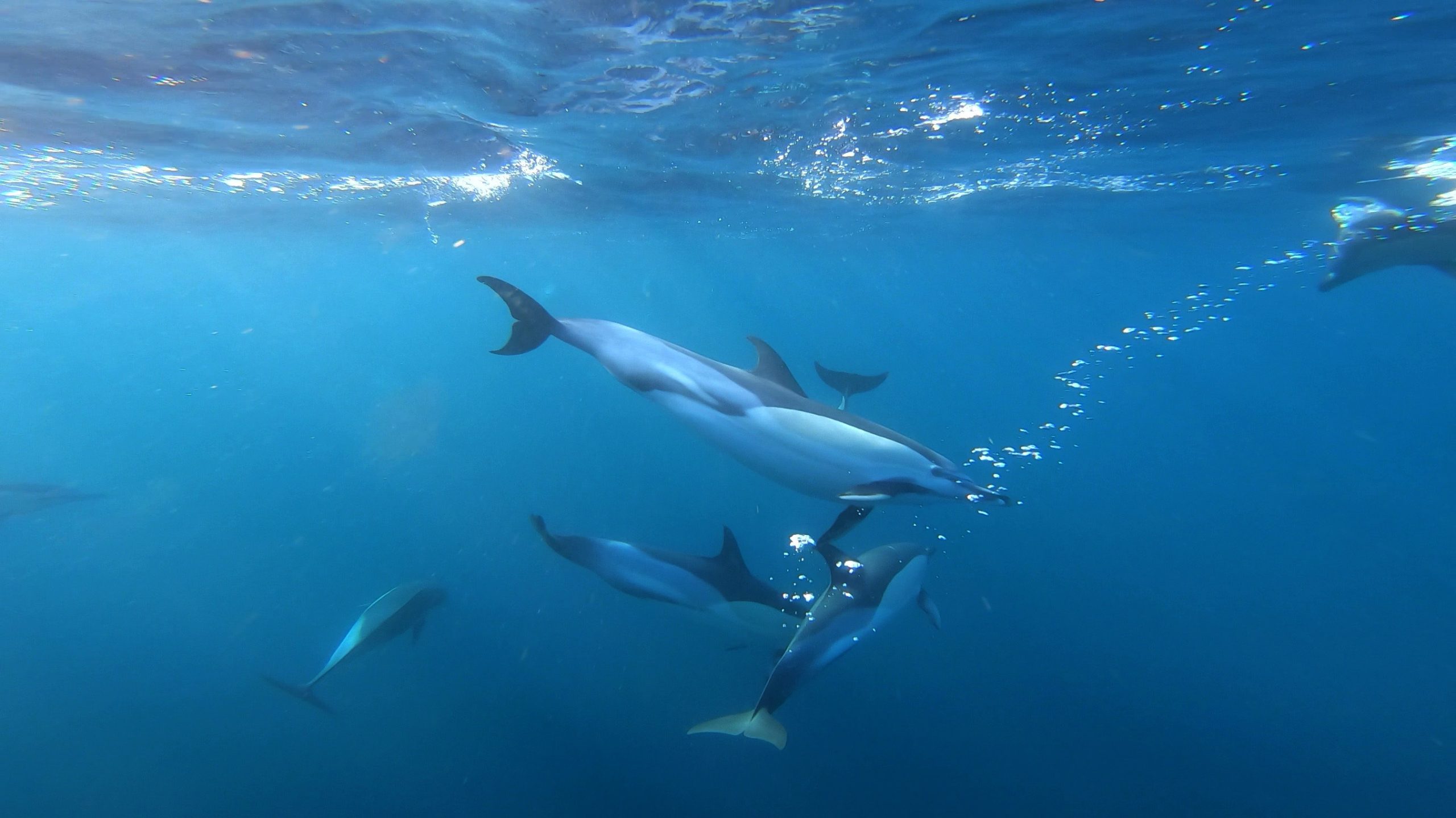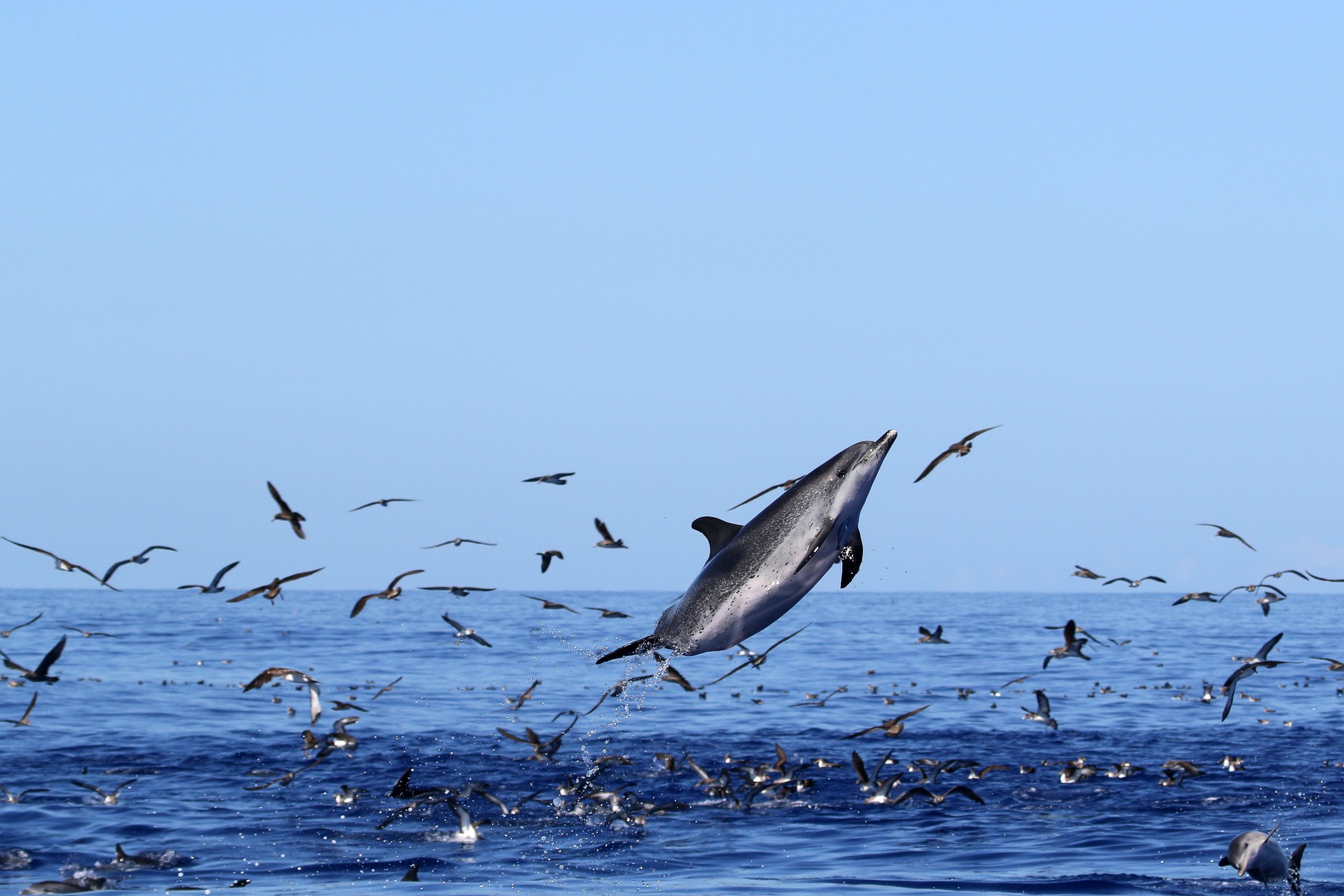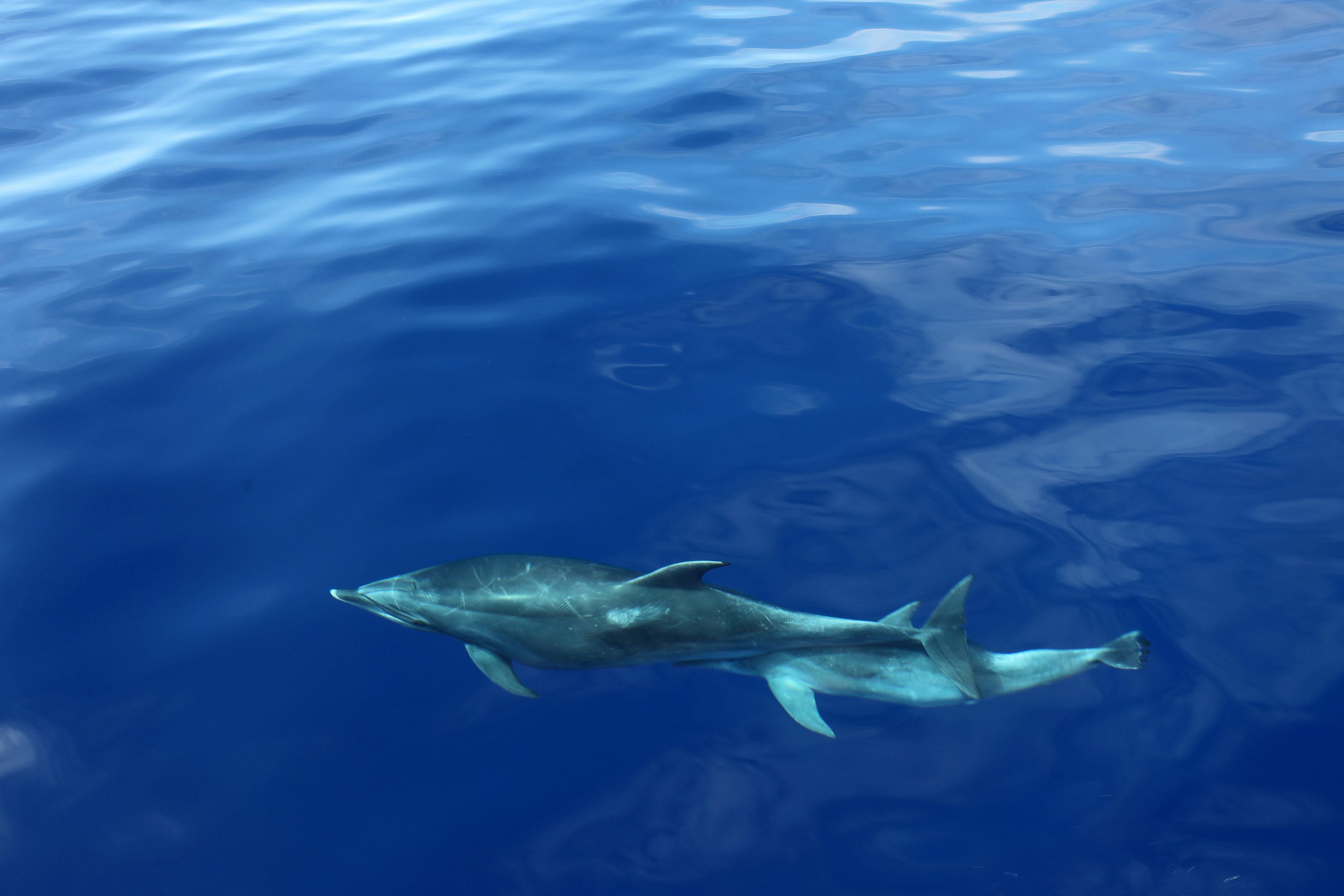When it comes to who eats who, there is always a bit of confusion. Dolphins inhabit our oceans, but they have a lot of company in this huge habitat, which can lead us to wonder what they eat. So, join us in this adventure and come learn a little more about these wonderful animals’ diets and if the dolphins eat tuna or not.
How do dolphins eat?
Dolphins are Odontocetes, which translates to cetaceans with teeth. They are known to be opportunistic feeders, meaning that they show some flexibility in their feeding behavior, allowing them to consume different prey items following are available at any given time (Klinowska, 1991).
You might also want to know more about what do dolphins eat.
Opportunistic feeders
This allows them to take advantage of whatever prey item is most easily accessible or abundant in their habitat. In dolphins, the prey items can vary from fish, squid, and crustaceans.
This kind of flexibility in the prey items gives them some advantages, including the capacity to adapt to changes in their habitat and maintain a diverse diet even if their preferred food sources are not always available. Therefore, they have evolved to eat fish and other prey items using highly developed sensory systems.

Do they use their teeth?
All dolphins have conical-shaped teeth, Risso’s dolphin has 14 while the Spinner dolphin can have 240. Although they do not chew their food if needed, they can break it into smaller pieces before swallowing it. To start, they usually used them to kill the fish, biting them in the head.
Hunting techniques
Dolphins are indeed a very intelligent species, which is reflected in their hunting techniques. They have developed different techniques to hunt their prey, which include:
- Herding fish into tight groups, which can be done through mud ringing (where the dolphins create a ring-shaped mud plume forming a turbidity barrier around the prey);
- Whacking the fish (stunning the fish through a blow with the tail, sometimes allowing them to catch the fish out of the water);
- Chasing down individual fish, strand feeding (the dolphins create waves to push fish to the edge of the mud and then move to the shore to catch them);
- Wave washing and even using their echolocation to stun or disorient prey.

✨ Related articles: Are Dolphins Endangered? | Are Pink Dolphins real? | Do Dolphins Eat Tuna? | Do Dolphins Smell? | Do Whales & Dolphins Lay Eggs?
So… Do dolphins eat tuna?
YES! Some dolphins are known to prey on tuna, including common dolphins (Silva, 1999; Brophy et al., 2009), false killer whales (Ortega-Ortiz et al., 2014), bottlenose dolphins (Spitz et al., 2006), killer whales (Guinet et al., 2007) and spotted dolphins.
Benefits of preying on tunas
Preying on tunas can provide some benefits to the dolphins. This includes:
- High-nutrition food source: Tuna is a highly nutritious food source, it is rich in protein and essential nutrients such as omega-3 fatty acids, vitamin D and protein. All of them are essential in maintaining healthy brain functions (Simmonds & Isaac, 2007);
- Ecological importance: Dolphins are top predators, which gives them an important role in maintaining the balance of the food chain, when they prey on tuna, they help to regulate the population and prevent the tuna overgrazing of their prey (Estes & Duggins, 1995);
- Energy-rich prey: Tuna is a huge source of energy for the dolphins, which allows them to maintain their energy levels;
- Adaptive behavior: the activity of preying on tunas, can promote an adaptive behavior in dolphins, as a result of the difficult hunt they require. This will help in the improvement of their overall hunting skills and their chances of survival (Reiss et al., 2018);
- Cooperative hunting opportunities: As a result of the tuna’s size and speed, hunting them implies cooperation between the dolphins, increasing their chances of success and reducing their risk of injury (Orbach et al., 2017).

Costs of preying on tunas
Tunas can contain high levels of mercury and other pollutants, which can be harmful to dolphins’ health. It’s also important to note that dolphins are at risk of entanglement and accidental capture in fishing gear that is used to catch tuna and other fish.
This can result in injury or death for dolphins, so it’s essential to use sustainable fishing practices and take measures to reduce the bycatch of non-target species, including dolphins.

✨ Related articles: How do Dolphins Mate? | How do Dolphins Sleep? | How do Whales & Dolphins Communicate? | How is a Group of Dolphins called? | Top-3 Facts & Curiosities about Dolphins | What Do Dolphins Eat?
Conclusion
Dolphins can indeed prey on tuna, although they are not their primary prey item.
Dolphins are so special and amazing to watch, so make sure you follow us online for more awesome news and articles!
If you would like to learn more about whales and dolphins, the Futurismo team is excited to share them with you on one of our incredible Whale Watching tours on the Azores. Book a trip to get introduced to these wonderful creatures, and we will help you to ever-lasting memories!
References
- Brophy, J. T., Murphy, S., & Rogan, E. (2009). The diet and feeding ecology of the short-beaked common dolphin (Delphinus delphis) in the northeast Atlantic. IWC Scientific Committee Document SC/61/SM, 14.
- Estes, J. A., & Duggins, D. O. (1995). Sea otters and kelp forests in Alaska: generality and variation in a community ecological paradigm. Ecological Monographs, 65(1), 75-100.
- Guinet, C., Domenici, P., de Stephanis, R., Barrett-Lennard, L., Ford, J. K. B., & Verborgh, P. (2007). Killer whale predation on bluefin tuna: exploring the hypothesis of the endurance-exhaustion technique. Marine Ecology Progress Series, 347, 111 – 119.
- Spitz, J., Rousseau, Y., & Ridoux, V. (2006). Diet overlap between harbour porpoise and bottlenose dolphin: an argument in favour of interference competition for food?. Estuarine, Coastal and shelf science, 70(1-2), 259-270.
- Klinowska, M. (1991). Dolphins, porpoises and whales of the world: the IUCN Red Data Book. IUCN, Cambridge and Gland.
- Orbach, D. N., Brennan, P. L., & Connor, R. C. (2017). Toothed whale communication. Current Opinion in Psychology, 16, 41-47.
- Ortega-Ortiz, C. D., Elorriaga-Verplancken, F. R., Olivos-Ortiz, A., Liñán-Cabello, M. A., & Vargas-Bravo, M. H. (2014). Insights into the Feeding Habitats of False Killer Whales (Pseudorca crassidens) in the Mexican Central Pacific. Aquatic Mammals, 40(4).
- Reiss, D., Marine, L., & Furey, N. (2018). Mirror self-recognition in the bottlenose dolphin: a case of cognitive convergence. Proceedings of the National Academy of Sciences, 115(45), 11453-11455.
- Silva, M.A. (1999). Diet of common dolphins, Delphinus delphis, off the Portuguese continental coast. Journal of the Marine Biological Association of the UK, 79(3), 531–540. doi:10.1017/s0025315498000654
- Simmonds, M. P., & Isaac, S. J. (2007). The impacts of climate change on marine mammals: early signs of significant problems. Oryx, 41(1), 19-26.




